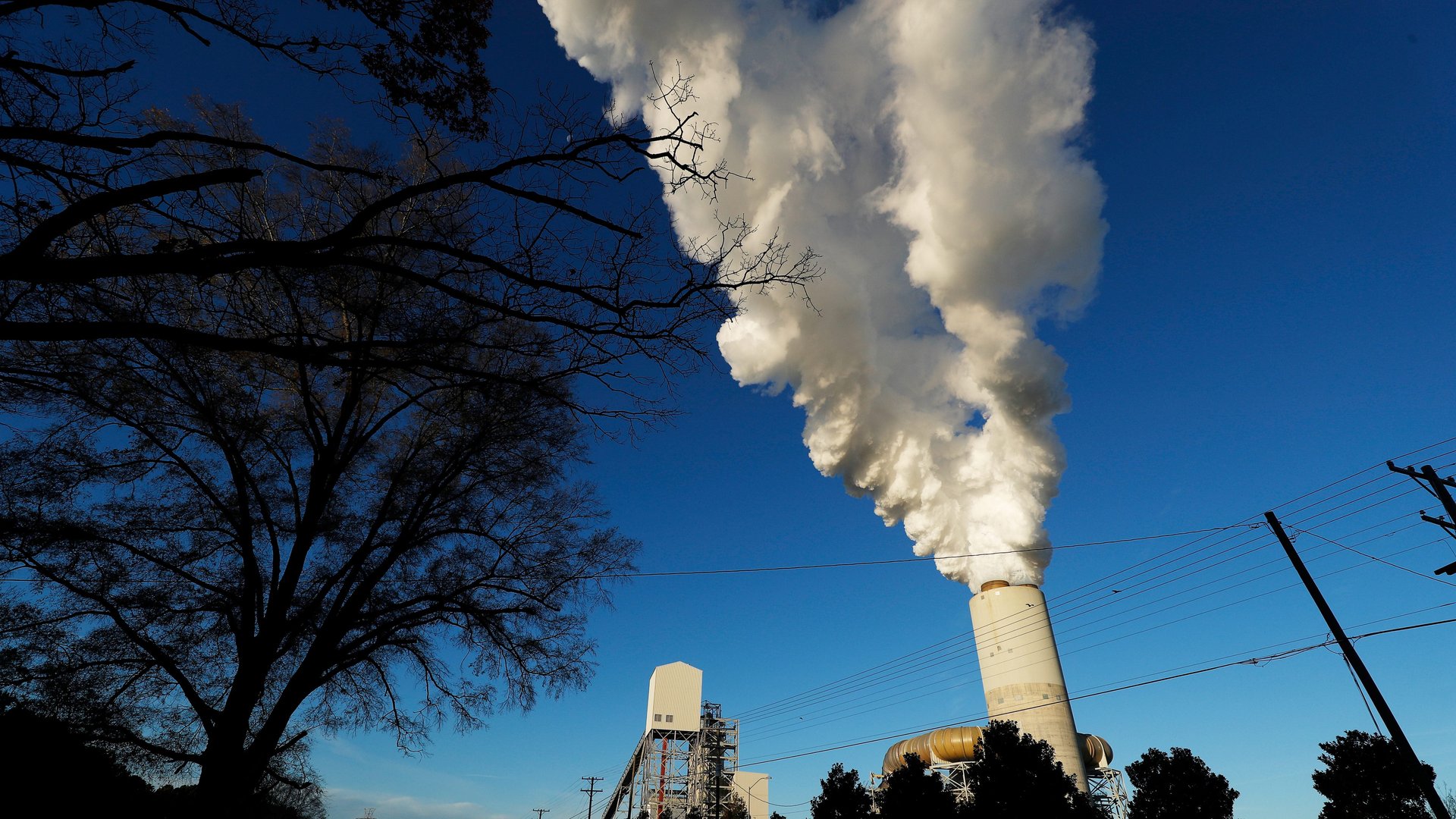The US isn’t doing the one thing needed to protect the financial system from climate change
Banks and other financial institutions in the US are at grave risk from climate change, according to a report released on Sept. 9 by the federal agency that regulates derivatives markets.


Banks and other financial institutions in the US are at grave risk from climate change, according to a report released on Sept. 9 by the federal agency that regulates derivatives markets.
The report—commissioned by the Commodity Futures Trading Commission—includes an exhaustive overview of risks, from falling real estate values in coastal flood zones to the inability of Midwestern farmers to repay loans after droughts or floods. In short, “climate change poses a major risk to the stability of the US financial system and to its ability to sustain the American economy,” the report concludes.
That’s an unusual warning to come from the Trump administration, which has repeatedly shrugged off the risk of climate change. And it’s especially surprising given the report’s number one recommendation: Put a price on carbon.
The report’s task force—which included leading climate economist and representatives from banks, oil companies, agriculture companies, and environmental groups—concluded that the most important way to protect the economy against the risk of climate change was to make carbon-emitting companies pay fees to reflect the damage wrought by those emissions. Companies would also have to reflect that expense in their valuation and disclose it to investors.
“Without an effective price on carbon, financial markets lack the most efficient incentive mechanism to price climate risks. Therefore, all manner of financial instruments—stocks, bonds, futures, bank loans—do not incorporate those risks in their price,” the report warns. At the same time, “putting a price on greenhouse gas emissions creates an economic incentive to allocate capital toward the development of new, lower-emitting technologies.”
There’s a growing pile of real-world evidence to support those claims. A peer-reviewed paper this month by Australian researchers, which analyzed data from 142 countries over two decades, found that in countries with a carbon price, annual emissions growth was 2% lower than in those without one, a small-sounding difference that adds up to a huge gap over time.
The US government has an informal carbon price, called the social cost of carbon, that’s an estimate used to inform the cost of infrastructure, vehicle mileage regulations, and other things the government regulates or spends money on. But under Trump, that estimate has been slashed far below what most economists think is accurate, according to a July report from the Government Accountability Office. And there remains no national cap-and-trade system that would force companies to cut their emissions or pay for offsets.
Carbon pricing has also become contentious among Democrats, some of whom fear that it could result in a disproportionate burden on low-income households that spend a larger portion of their budgets on energy. Presidential contender Joe Biden’s climate plan addresses carbon pricing only obliquely, and only for the electricity sector.
Left unaddressed, climate change’s disruptions to the financial system could leave “small businesses, farmers, and households without access to critical financial services,” the report finds, particularly “low-to-moderate income communities and historically marginalized communities.” Perhaps, as carbon markets gain steam in Europe, California, China, and elsewhere, the US will recognize the value in putting a fair price on carbon.